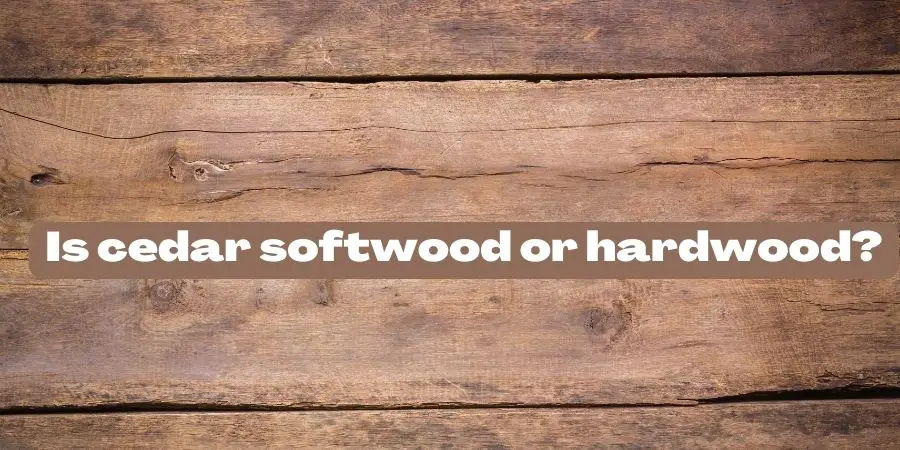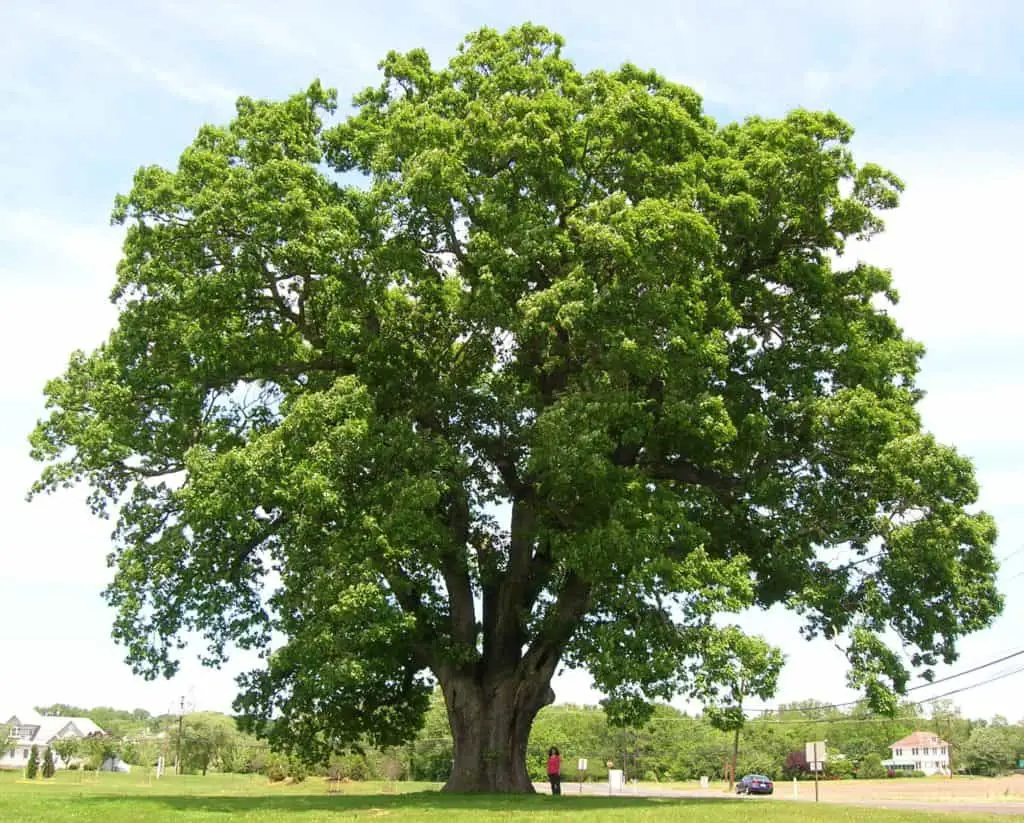Cedar thought softwoods are the conifers and evergreens, which are strong enough to remain a high preference. Builders and most woodworkers select softwoods because they find it far easier to work with them.
Cedarwood trees belong to the softwood, the trees are gymnosperm that grows no flower. On the other hand, hardwood trees are angiosperm such as oak, walnut trees are angiosperm that grow flowers.
Table of Contents
Why cedar is softwood?
The short answer is, that the Cedar is a softwood, not a hardwood because the trees belong to the softwood family by nature.
It belongs to a group of plants known as “gymnosperms,” which includes most conifers, such as pine and fir trees. The common term for all gymnosperms is softwoods.
But that doesn’t mean all softwoods are lightweights. The lumber of some species, such as Douglas-fir, is hard, and strong and is used throughout the construction industry for framing and structural supports.
Basic Characteristics of Cedarwood
The ultimate duo of versatility, lightweight, and aesthetic looks holds Cedar as one of the highest demanding wood, despite being lower on the hardness scale.
Cedar thrives in damp climates, enabling it to withstand many conditions. Cedar doesn’t shrink, swell, warp, or decay even when there are severe changes in weather, which makes it such an ideal choice for exterior siding. Cedar is sound-resistant. Cedar is a porous wood, which gives it the ability to absorb noise. source
Why is Cedar a wise choice?
Cedar is an appealing and aromatic, resin-free wood that has natural repellent for insects. Its Characteristics make it an ideal choice to welcome a diversified range of stunning and attractive options.
Cedar is available in various dimensions, grades, and surface textures. Therefore, you can choose Cedar to enjoy the desired effect.
Cedar remains preferable to softwood due to the following reasons:
- Highly cost-effective
- Aesthetically appealing
- Easy to install and use
- Cedar forests are sustainable and well managed
- Diversified choices for sizes
- Appealing looks





